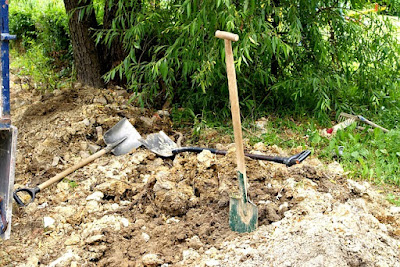Q: We want to cover zoysia turf with asiatic jasmine....[but] wonder if we must remove the turf, or can we plant the jasmine over very closely cropped zoysia? Also, how do we plant "bare root" jasmine? Thanks for answering all the rookie questions.
A: Yours are good questions. Thanks for asking.
I understand that you want to replace the turf with asiatic jasmine, but don't know whether to remove the zoysia or plant into it. Though I often recommend tilling, removing the turf and/or tilling the soil will expose weed seeds that have been long-dormant, resulting in a weed problem. On the other hand, the living turf will present competition for moisture and nutrients the jasmine will need. Why not crop the turf, spray it with herbicide and leave the dead grass in place? The zoysia should expire in about 10 to 14 days. This will leave a mulch cover over undisturbed soil. Unless the soil in the planting site is compacted, the jasmine should grow well. If the soil is a little compacted, you could loosen it around each planting hole with a trowel before installing the jasmine. Incorporate a bit of fertilizer or compost in each hole before planting, taking care that synthetic fertilizer doesn't contact the new plants.
Planting bare root is easy enough, though takes a little care. Be sure that the roots are kept moist before planting. Do not allow them to dry out. Follow the instructions about loosening the soil and adding fertilizer or compost as noted above. Make sure that the roots are spread out a bit and covered with sufficient soil. Water well. Maintain soil moisture until the plants are established, allowing the soil to drain before irrigating again. Don't drown them with love. Depending on your site, considering sun, wind, etc., you might be watering every couple of days. Monitor the condition of the plants and soil throughout the season. Once asiatic jasmine is established, though, it is tolerant of dry conditions.
You could add some mulch on the dead zoysia between the jasmine, if you like, for extra moisture retention and weed suppression. Since you live in the South, pine straw might be readily available to you. Don't blanket the jasmine plants themselves.
I hope this helps. If you have any questions, don't hesitate to contact me.
Return to GoGardenNow.

.jpg)
.jpg)

.jpg)




































.jpg)




